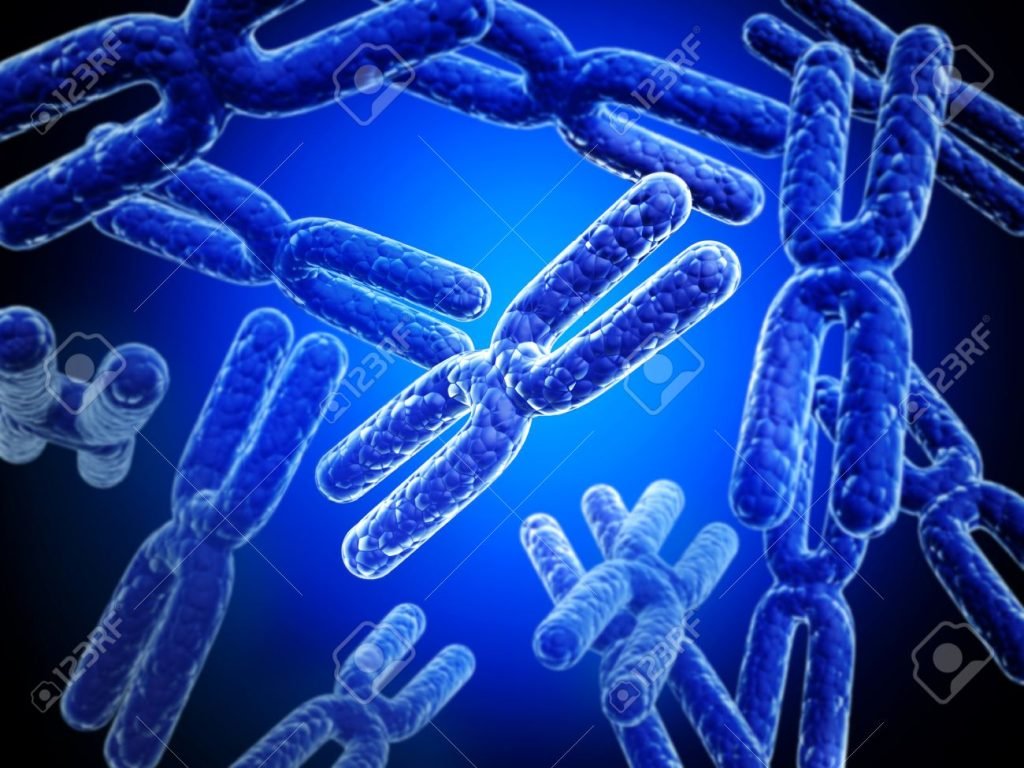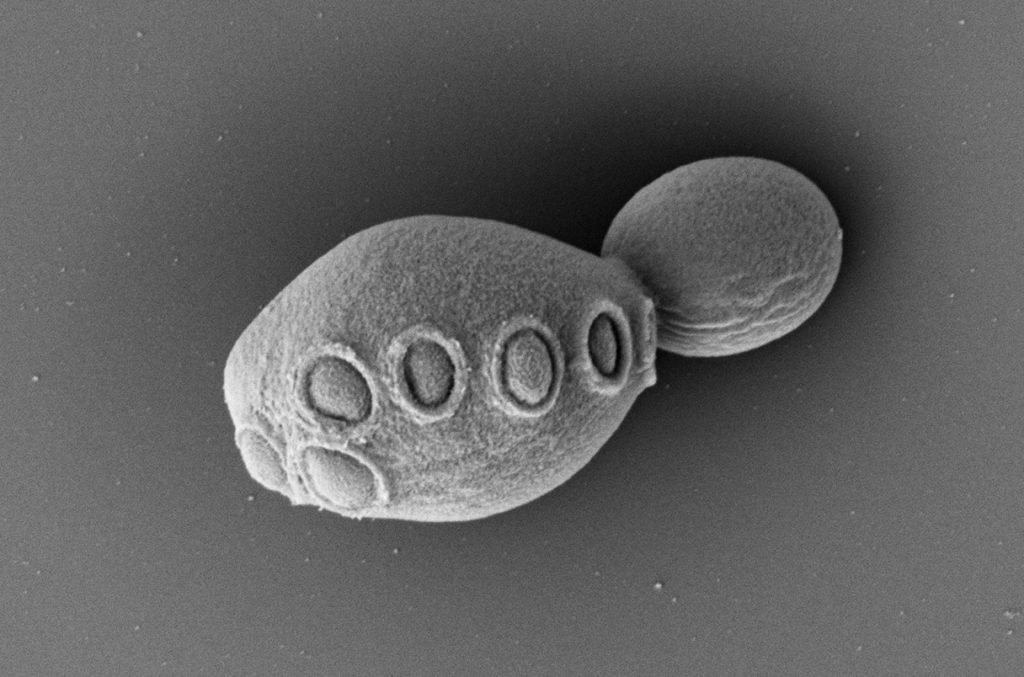Chromosome XI Unveiled
In the forefront of scientific innovation, a notable achievement has been reached in the realm of synthetic biology. A team of scientists, spearheaded by experts from the University of Nottingham and Imperial College London, has successfully completed the construction of a synthetic chromosome, specifically Chromosome XI, marking a pivotal step in the ambitious project to craft the world’s first synthetic yeast genome. This milestone, published in the reputable Cell Genomics, represents a groundbreaking contribution to the field of synthetic biology and falls within the framework of Google policies.

The collaborative effort, known as “Sc2.0,” has been a monumental undertaking spanning over 15 years, engaging teams from the UK, US, China, Singapore, France, and Australia. The objective is nothing short of constructing synthetic versions of all 16 chromosomes of the yeast genome, making it the largest synthetic genome project ever attempted. The collective effort of these international teams reflects a commitment to pushing the boundaries of synthetic biology and genomic engineering.
Yeast, Saccharomyces cerevisiae, serves as the focal point for this ambitious venture due to its compact genome and unique ability to stitch DNA together. This eukaryotic organism, a living entity with a nucleus, has been a cornerstone in scientific research and holds historical significance in human activities such as baking and brewing. The choice of yeast as the target organism is strategic, given our extensive understanding of its genetics, cultivated over thousands of years.

Led by Dr. Ben Blount from the University of Nottingham and Professor Tom Ellis at Imperial College London, the UK-based team has meticulously completed the construction of synthetic Chromosome XI. This intricate process, spanning a decade, involved the assembly of a DNA sequence comprising around 660,000 base pairs—essentially the “letters” that make up the DNA code.
Replacing a natural chromosome within a yeast cell, the synthetic chromosome underwent a thorough debugging process to ensure seamless integration. The result is a synthetic genome that enables the yeast cell to grow with the same fitness level as its natural counterpart. Beyond replication, this synthetic genome is designed with innovative features, introducing new capabilities not found in nature.
One such feature is the ability to induce gene content shuffling, a process that generates millions of different versions of the yeast cells, each possessing distinct characteristics. This groundbreaking approach, resembling a super-charged evolution, holds significant promise for applications in various domains, including medicine, bioenergy, and biotechnology.
The significance of this synthetic yeast genome project extends beyond its technical achievements. Dr. Ben Blount emphasizes the vast potential it unlocks for the study and application of biology. The synthetic chromosomes, far from being mere replicas of their natural counterparts, pave the way for new abilities and avenues in biological research. From creating microbial strains for sustainable bioproduction to enhancing our understanding of and combatting diseases, the applications are wide-ranging and transformative.

Professor Tom Ellis underscores the broader implications of the project, noting that by constructing a redesigned chromosome from telomere to telomere, the team has laid the foundations for designing synthetic chromosomes and even genomes for complex organisms such as plants and animals. The potential to extend these synthetic genomic principles to more intricate biological systems opens doors to a new era of genomic engineering.
As the project advances, the team has also demonstrated the adaptability of the synthetic chromosome for studying extrachromosomal circular DNAs (eccDNAs). These free-floating DNA circles, known for their involvement in aging and cancer-related processes, are now within the purview of study using the synthetic genome as a platform.
FOR MORE RESEARCH ARTICLES PROTECT Trial” A Breakthrough in IgA Nephropathy Treatment
The collaborative nature of this scientific endeavor transcends borders, bringing together researchers from prestigious institutions worldwide. This shared goal and the monumental achievement exemplify the power of large-scale, collaborative efforts in advancing our understanding of biology and its practical applications.
In conclusion, the completion of synthetic Chromosome XI is a testament to the remarkable strides made in synthetic biology. It signifies not only a technical achievement but also a transformative moment in our ability to manipulate and understand the fundamental building blocks of life. The synthetic yeast genome project, with its global collaboration and visionary goals, stands at the forefront of scientific innovation, shaping the future of genomic engineering and its applications.
